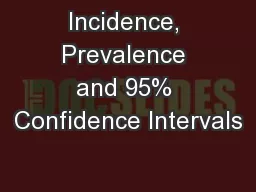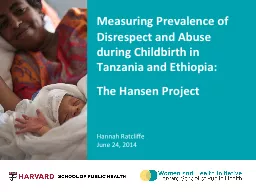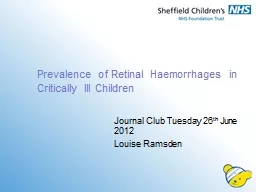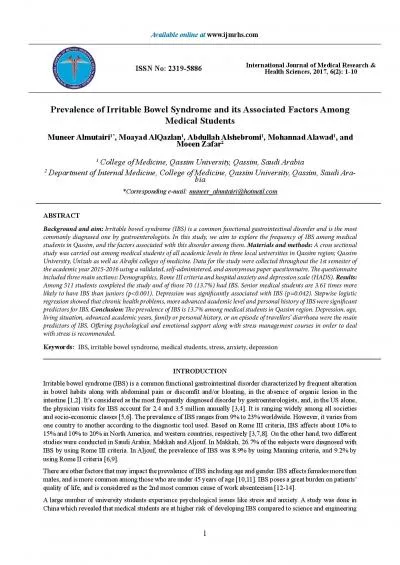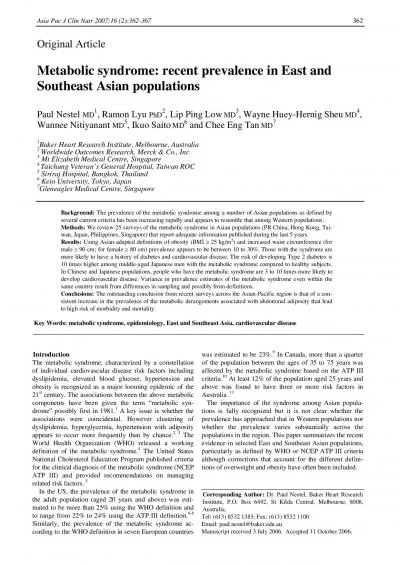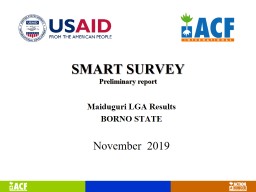PPT-GLOBAL POINT PREVALENCE SURVEY OF
Author : tawny-fly | Published Date : 2018-12-14
ANTIMICROBIAL CONSUMPTION AND RESISTANCE GLOBALPPS RESULTS OF ANTIMICROBIAL PRESCRIBING IN INDIA Dr Sanjeev K Singh Antimicrobial resistance a global threat 2
Presentation Embed Code
Download Presentation
Download Presentation The PPT/PDF document "GLOBAL POINT PREVALENCE SURVEY OF" is the property of its rightful owner. Permission is granted to download and print the materials on this website for personal, non-commercial use only, and to display it on your personal computer provided you do not modify the materials and that you retain all copyright notices contained in the materials. By downloading content from our website, you accept the terms of this agreement.
GLOBAL POINT PREVALENCE SURVEY OF: Transcript
Download Rules Of Document
"GLOBAL POINT PREVALENCE SURVEY OF"The content belongs to its owner. You may download and print it for personal use, without modification, and keep all copyright notices. By downloading, you agree to these terms.
Related Documents


